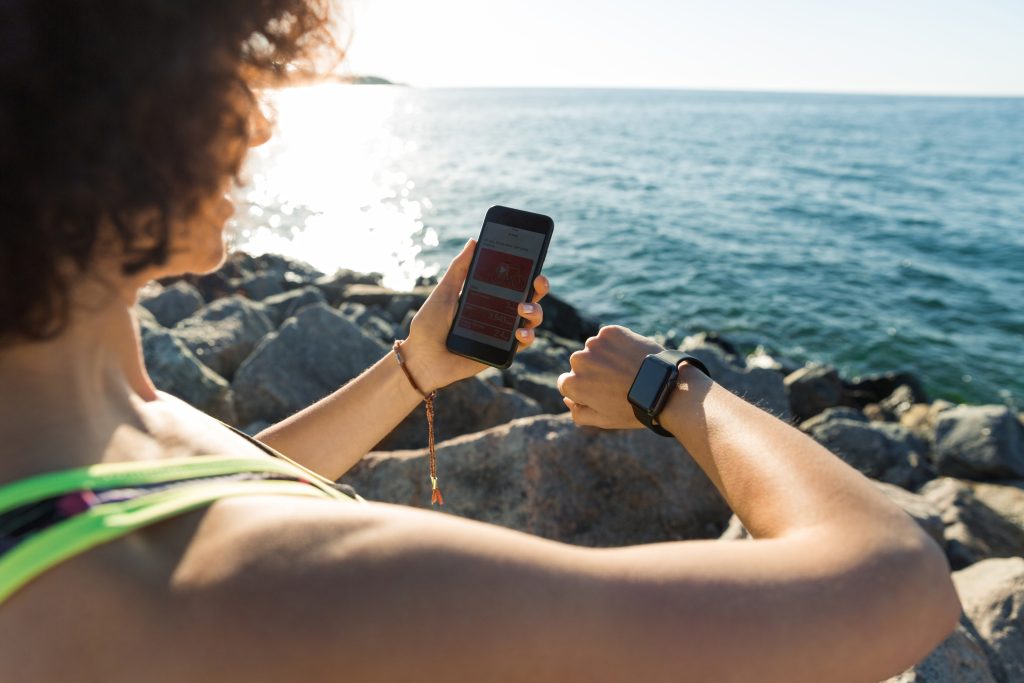
Accurate, continuous blood pressure monitoring requires detecting changes in the volume of arterial blood pumped by the heart. To tackle this challenge, we developed an ultrasound method for tracking variations in arterial diameter. Pairing this with optical measurements of pulse wave velocity allows us to determine blood pressure using a wearable system developed by CEA-Leti.
To meet the performance demands of a device worn on the wrist, the ultrasound probe’s design was optimized using simulation tools in our CIVA Healthcare software platform.
We also engineered algorithms to reconstruct arterial images, fine-tuned for precise, dynamic detection of peaks in the echo pattern from the proximal and distal walls of the artery in the arm. By analyzing the delays between these peaks, we were able to track the arterial diameter and its fluctuations continuously.
Initial validation was conducted by the Paris-Saclay multimodal biomedical imaging laboratory (BioMaps) using medical ultrasound systems and probes. Tests began in vitro with silicone artery models of varying diameters, followed by human trials. These early in vivo assessments confirmed the system’s ability to perform dynamic arterial measurements with the reliability and robustness required by a wearable medical-grade blood pressure monitor.
The excellent results we obtained are highly promising, and this synergy has highlighted how different CEA teams’ skills complement each other.
This research opens the door to the development of embedded ultrasonic sensors for health and wellness monitoring.
patents have been filed relating to this ultrasonic technology
